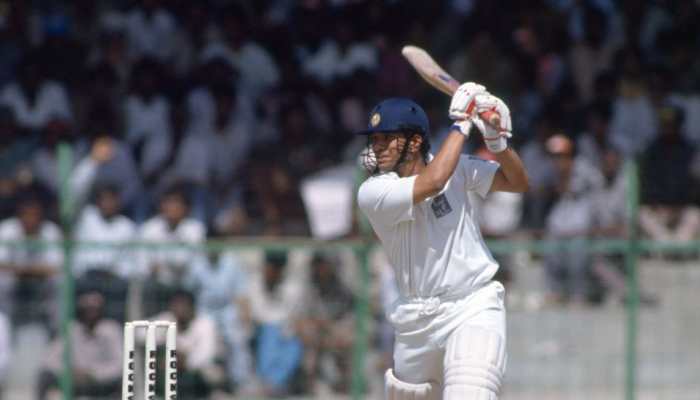Gas cloud being `stretched like spaghetti` as it swings past black hole
Recent observations of the galactic center have revealed that parts of the in-falling gas cloud, which was detected in 2011, have already swung past the black hole at the heart of our Milky Way.
Trending Photos
)
Washington: Recent observations of the galactic center have revealed that parts of the in-falling gas cloud, which was detected in 2011, have already swung past the black hole at the heart of our Milky Way.
The cloud, known as G2 is now being stretched out like a piece of spaghetti by the black hole`s extreme gravity.
Due to the tidal force of the gravity monster, the gas cloud has become further stretched, with its front moving now already 500 km/s faster than its tail.
This confirms earlier predictions that its orbital motion brings it is close to the black hole, that it will not survive the encounter.
With the new, detailed observations, the astronomers from the Max Planck Institute for Extraterrestrial Physics (MPE) can now also place new constraints the origins of the gas cloud, making it increasingly unlikely that it contains a faint star inside, from which the cloud might have formed.
In 2011, MPE astronomers detected a gas cloud that is falling towards the black hole at the center of our Milky Way on a near radial orbit.
New, very sensitive data were taken in April 2013 with the SINFONI instrument at the ESO Very Large Telescope and have now shown that part of the cloud has already passed its closest approach to the black hole.
As the gas swings by the black hole, it reverses its velocity. The emission from this part of the cloud appears not red-shifted as does the radiation from the rest of the cloud, but rather blue-shifted.
"The ionized gas at the head of the cloud is now stretched over more than 150 light-hours (about 160 billion kilometers) at the pericenter of the orbit around the black hole, with the closest approach being about 25 light-hours (or a bit more than 25 billion kilometers)," Stefan Gillessen from MPE, who led the observing team, said.
"The pericenter approach however is not a singular event but rather a process that will be stretching over a period of at least one year," he said.
ANI
Stay informed on all the latest news, real-time breaking news updates, and follow all the important headlines in india news and world News on Zee News.
Advertisement
Live Tv
Advertisement







)
)
)
)
)
)
)
)
)
)
